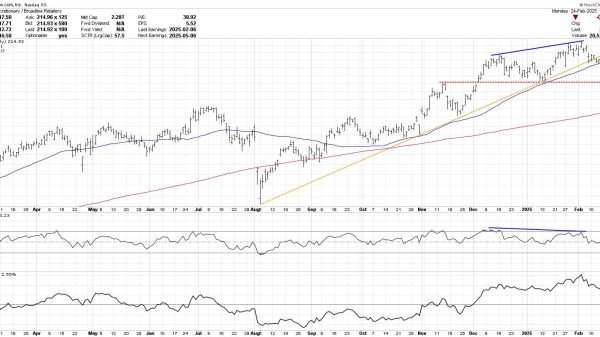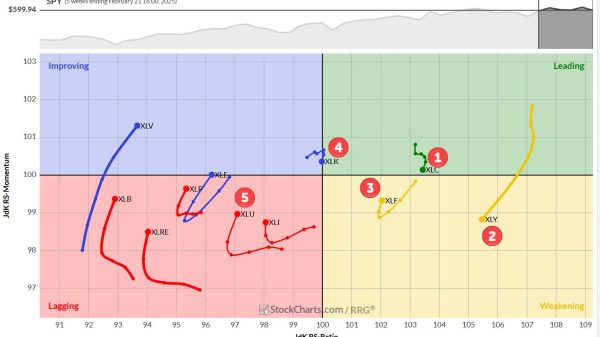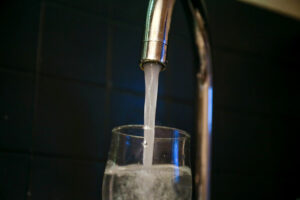LOS ANGELES — California regulators on Tuesday cleared the way for widespread use of advanced filtration and treatment facilities designed to convert sewage waste into pure drinking water that can be pumped directly into systems feeding millions of household taps.
Proven technologies capable of recycling wastewater for human consumption, a concept once derided by critics as “toilet to tap,” have gained greater credence in recent years as water-conscious California faces worsening drought cycles from climate change.
More than a decade in the making, the regulations adopted by the State Water Resources Control Board represent a landmark in the quest to reclaim some of the hundreds of millions of gallons of waste discharge that flow out to sea unused each year, supporters say.
“Today heralds a new era of water reuse,” Patricia Sinicropi, executive director of the recycling trade group WateReuse California, said in a statement.
A number of communities have for years been blending highly purified wastewater into aquifers and reservoirs before people can drink it, a practice known in the parlance of engineers and resource managers as “indirect potable reuse.”
In the sprawling Orange County suburbs south of Los Angeles, home to Disneyland and upscale beach towns, much of the drinking supply for 2.5 million people comes from highly distilled waste that is used to recharge the groundwater basin and eventually is drawn back to the surface.
The 69-page document approved on Tuesday provides a legal and regulatory framework for “direct potable reuse,” allowing the end-product of advanced purification to be fed straight into drinking water systems, without first making a stop in some kind of environmental buffer.
The foundation of the technology, used for more than a decade in Orange County, puts pre-treated waste discharge through intense microfiltration, reverse osmosis and disinfection by ultraviolet light and hydrogen peroxide.
The new regulations mandate an additional ozone disinfectant process and biological carbon filtration. Greater pathogen removal and stricter monitoring is also required.
In some cases, the water would be routed to a conventional drinking water treatment plant before it is piped to households. In others it could go directly to the tap.
The cost is high. Investments in such facilities are expected to run at least $1 billion, limiting them to large, well-funded water supply utilities, officials said.
The Metropolitan Water District of Southern California has plans to build a $6-billion facility in the city of Carson, south of Los Angeles, that would become the nation’s largest water-recycling project.
Orange County’s Groundwater Replenishment System, currently ranked as the biggest, earlier this year increased daily production to 130 million gallons, enough to meet the needs of one million people.
LARGE CITIES READY FIRST
Darrin Polhemus, deputy director of the state board’s drinking water division, said it would likely take at least five years before the first direct potable reuse plant is operating.
Los Angeles and San Diego also have plans to develop direct potable recycling, as does the Santa Clara Valley Water District in the San Francisco Bay area.
Texas is the only US state to have previously approved direct potable recycling, with two small-scale systems that went online in 2014 to serve towns stricken by a drought-caused water emergency. Colorado also has developed relatively limited guidelines for such projects.
The technology for purifying wastewater is similar to that used in desalination, the seemingly more palatable process of converting salt water to fresh.
But recycling sewage is more environmentally friendly — lowering the amount of waste dumped into rivers and oceans while avoiding harm to marine life posed by ocean intake pipes used in desal plants and the highly concentrated brine byproduct they discharge back into the sea.
Another desalination drawback is the comparatively high cost of removing salt from seawater, which contains 30 times more dissolved impurities than sewer water and thus takes far more energy to distill.
Mr. Polhemus said purified recycled water could eventually be expected to account for roughly 10% to 15% of supplies of some coastal communities in the midst of drought conditions. — Reuters























